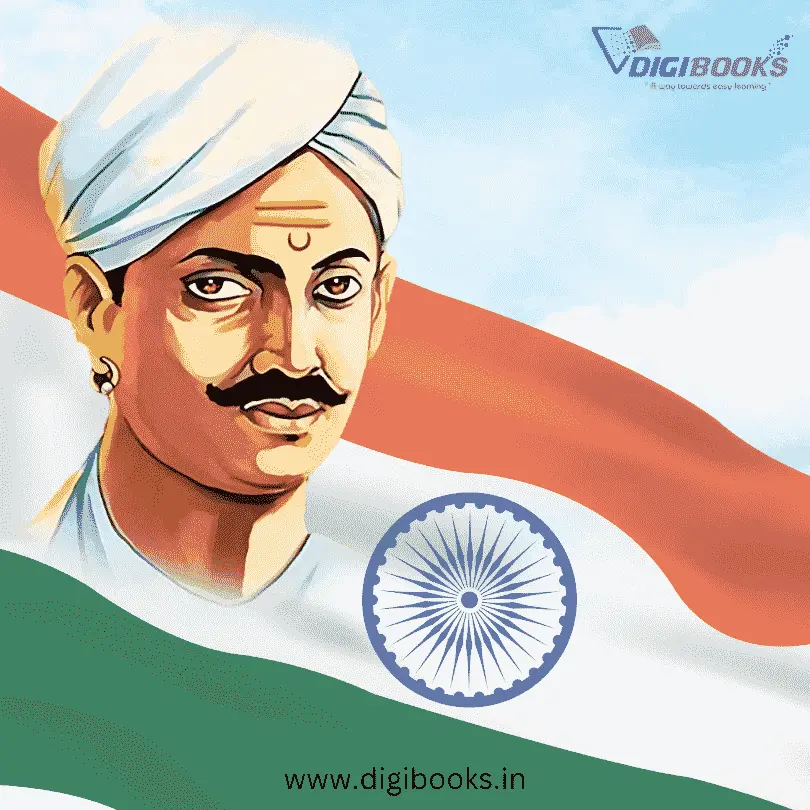Mangal Pandey – The Beginner of the Indian Independence Movement

Mangal Pandey – The Beginner of the Indian Independence Movement
“If death strikes before I prove my blood, I swear I’ll kill death.”
– This powerful quote captures the spirit of Mangal Pandey, the soldier who sparked the flame of India’s first war of independence in 1857.
Who Was Mangal Pandey?
Mangal Pandey was an Indian soldier in the British East India Company’s army who is widely recognized as the harbinger of the 1857 rebellion — the first major revolt against British rule in India. Born on 19 July 1827 in Nagwa village, Ballia district of present-day Uttar Pradesh, Pandey hailed from a Brahmin Hindu family deeply rooted in tradition and patriotism.
Early Life and Military Career
Mangal Pandey joined the British East India Company’s army in 1849 at the age of 22. He was enlisted in the 34th Bengal Native Infantry (BNI). Despite serving under the colonial regime, Pandey was a devout man who believed strongly in his religion and cultural identity.
He quickly earned a reputation for being a fierce and loyal soldier. However, his loyalty began to waver when the company introduced the new Enfield rifle cartridges, rumored to be greased with cow and pig fat — deeply offensive to both Hindu and Muslim soldiers.
The Spark of Rebellion
In March 1857, when resentment against the British was boiling among the sepoys, Mangal Pandey did something that would etch his name in the pages of Indian history forever. On 29 March 1857, at the Barrackpore parade ground near Kolkata, Pandey openly rebelled against the British officers. He attacked Sergeant-Major Hewson and wounded Lieutenant Baugh. He urged fellow soldiers to rise against the British.
Although he was eventually subdued and arrested, his act of defiance inspired widespread dissent. His courage became the call for others to take action.
Trial and Execution
Mangal Pandey was court-martialed and sentenced to death. The British feared the uprising would spread and thus advanced the execution date. On 8 April 1857, he was hanged to death at the young age of 29. His final words were said to reflect no fear of death and an undying love for his motherland.
Just weeks later, on 10 May 1857, the revolt spread to Meerut, marking the beginning of the First War of Indian Independence.
How He Changed the Course of Indian History
Mangal Pandey’s bravery set in motion a nationwide rebellion that united different sections of Indian society — Hindus and Muslims, peasants and soldiers, rulers and the ruled — against the British. Although the 1857 revolt was ultimately suppressed, it marked the beginning of the end for British colonial rule in India.
His action forced the British government to dissolve the East India Company and take direct control over India, altering the entire governance structure.
Conclusion
Mangal Pandey may have lived a short life, but his contribution to India's freedom struggle is immortal. He lit the torch of revolution that eventually led to India’s independence 90 years later. He remains a national hero and an everlasting symbol of courage, sacrifice, and patriotism.
Today, when we speak of India’s path to freedom, the story of Mangal Pandey reminds us that real change starts with courage and action.